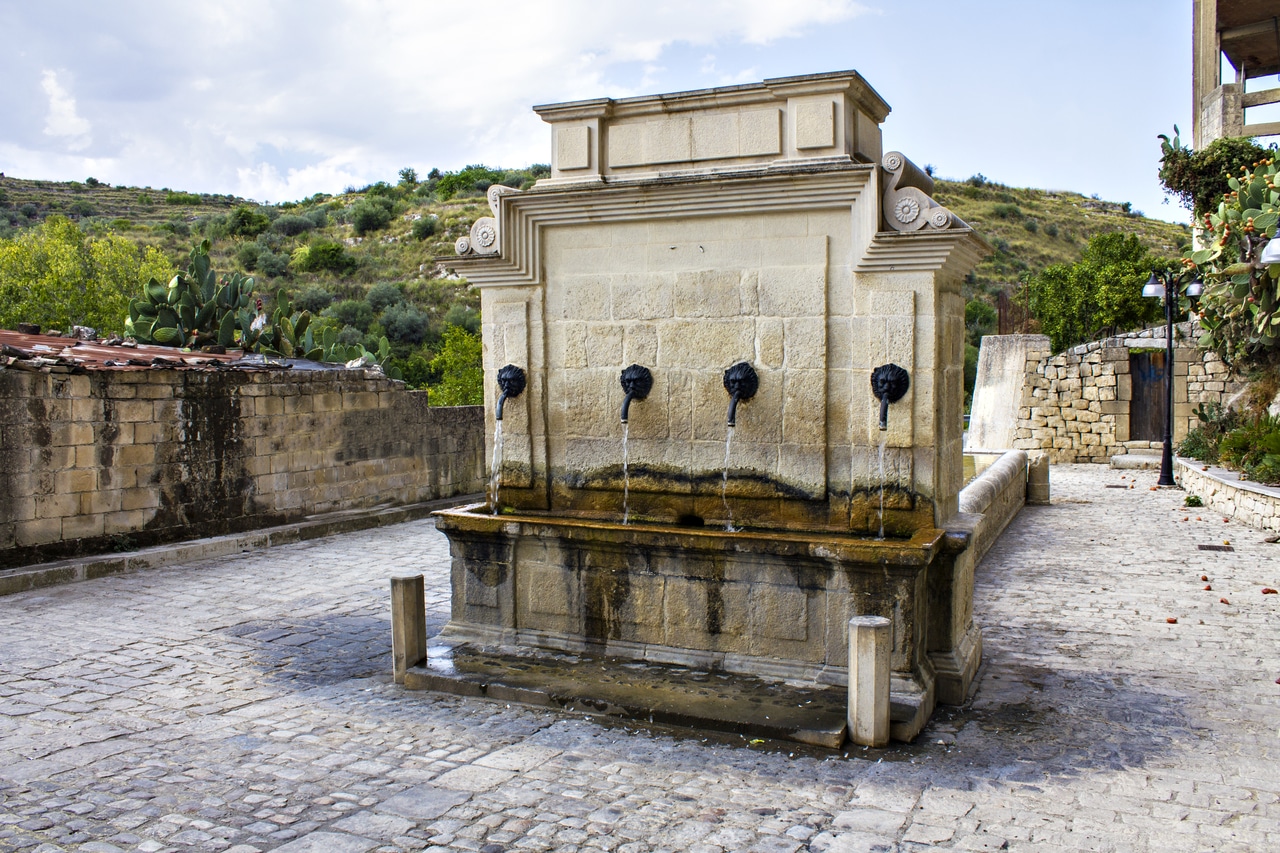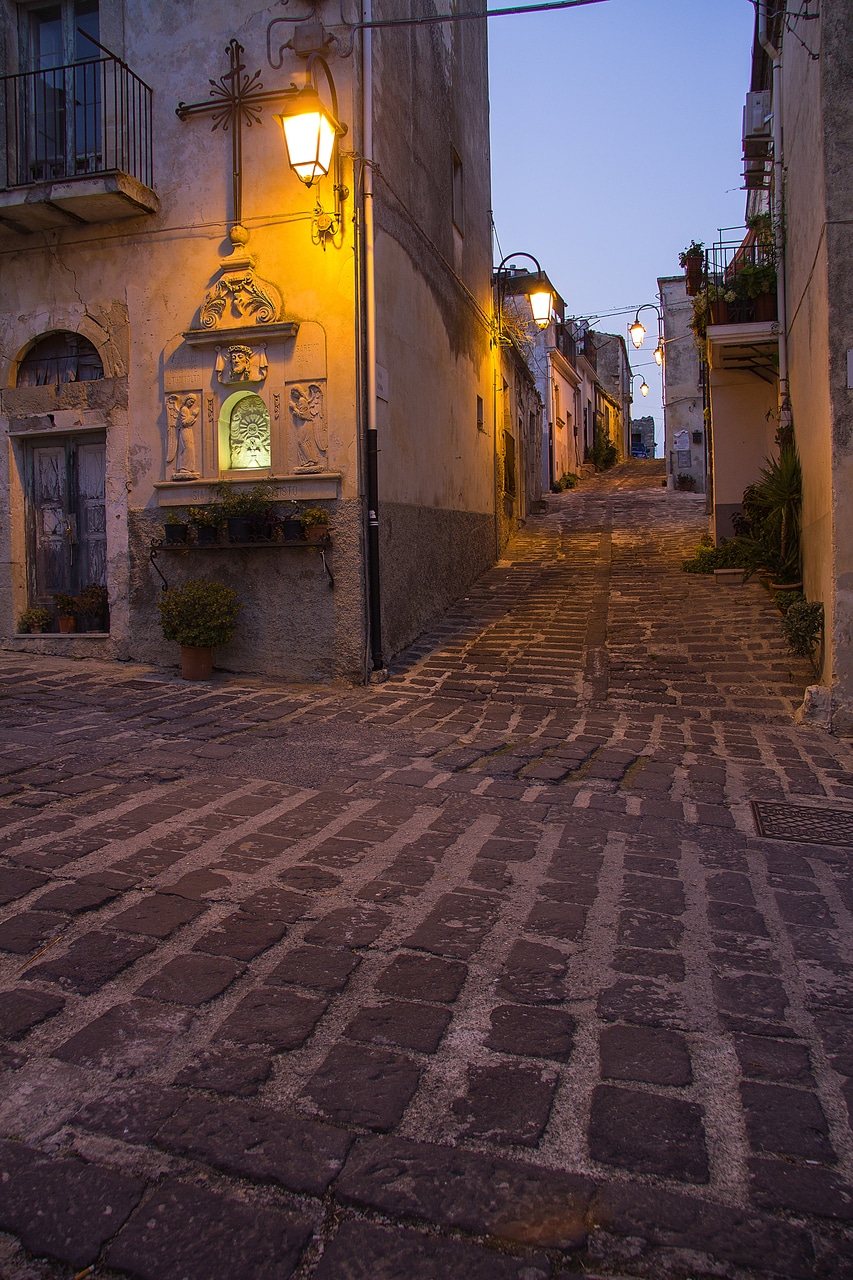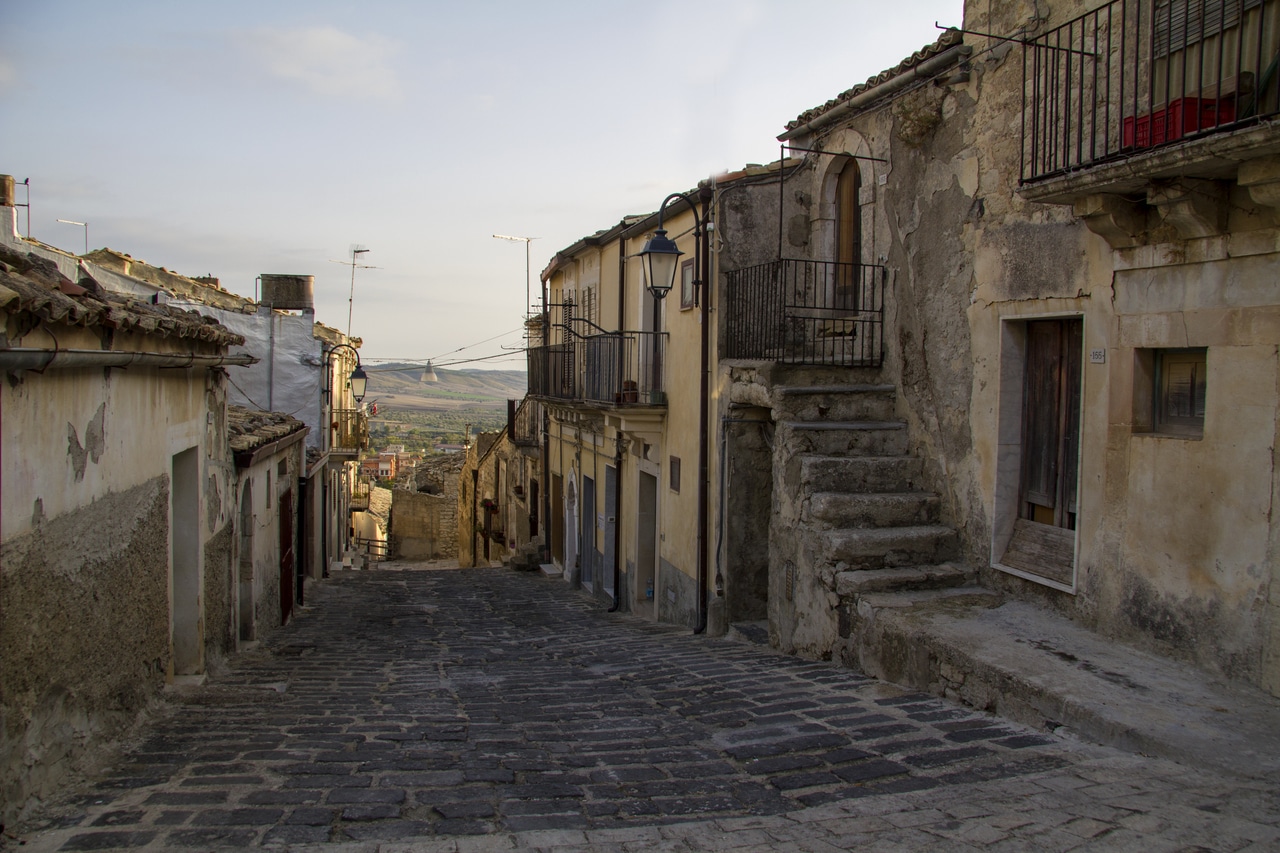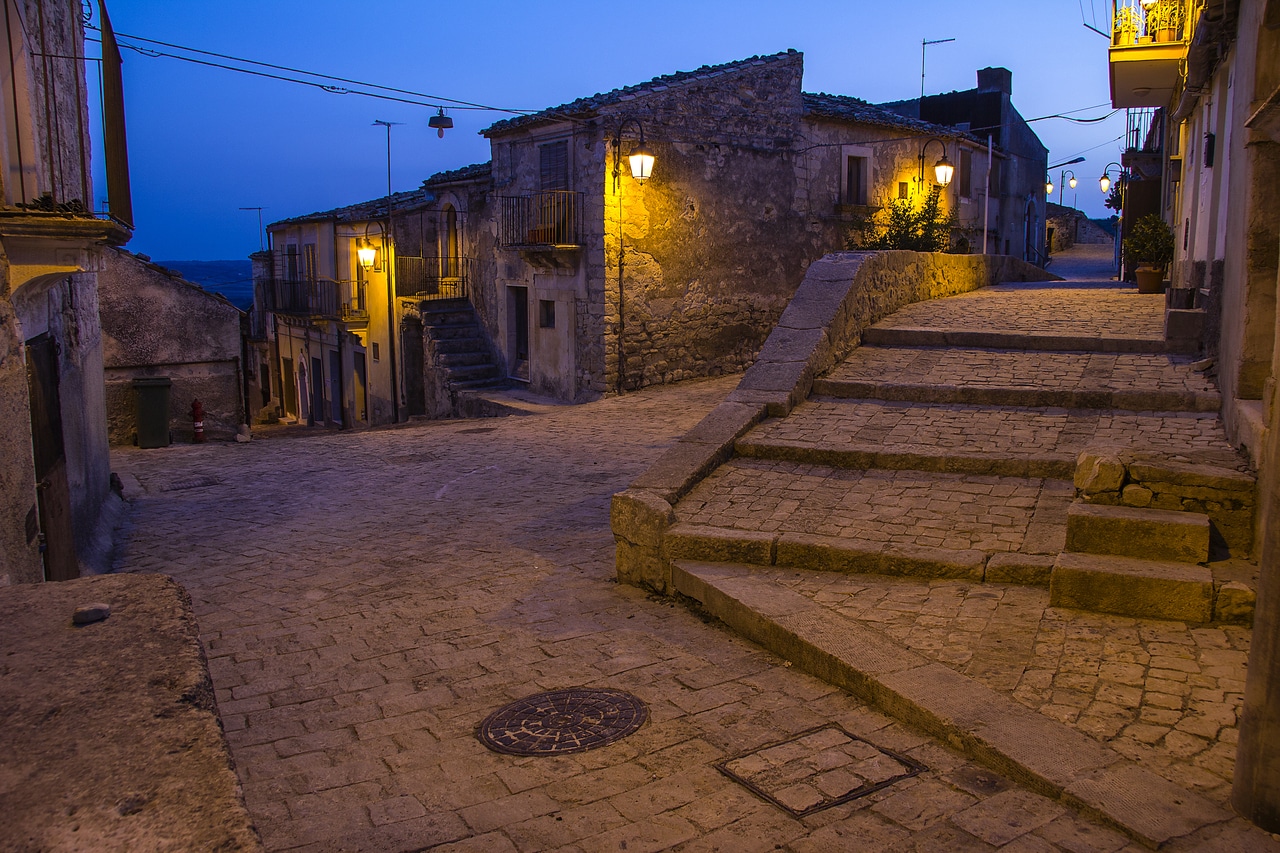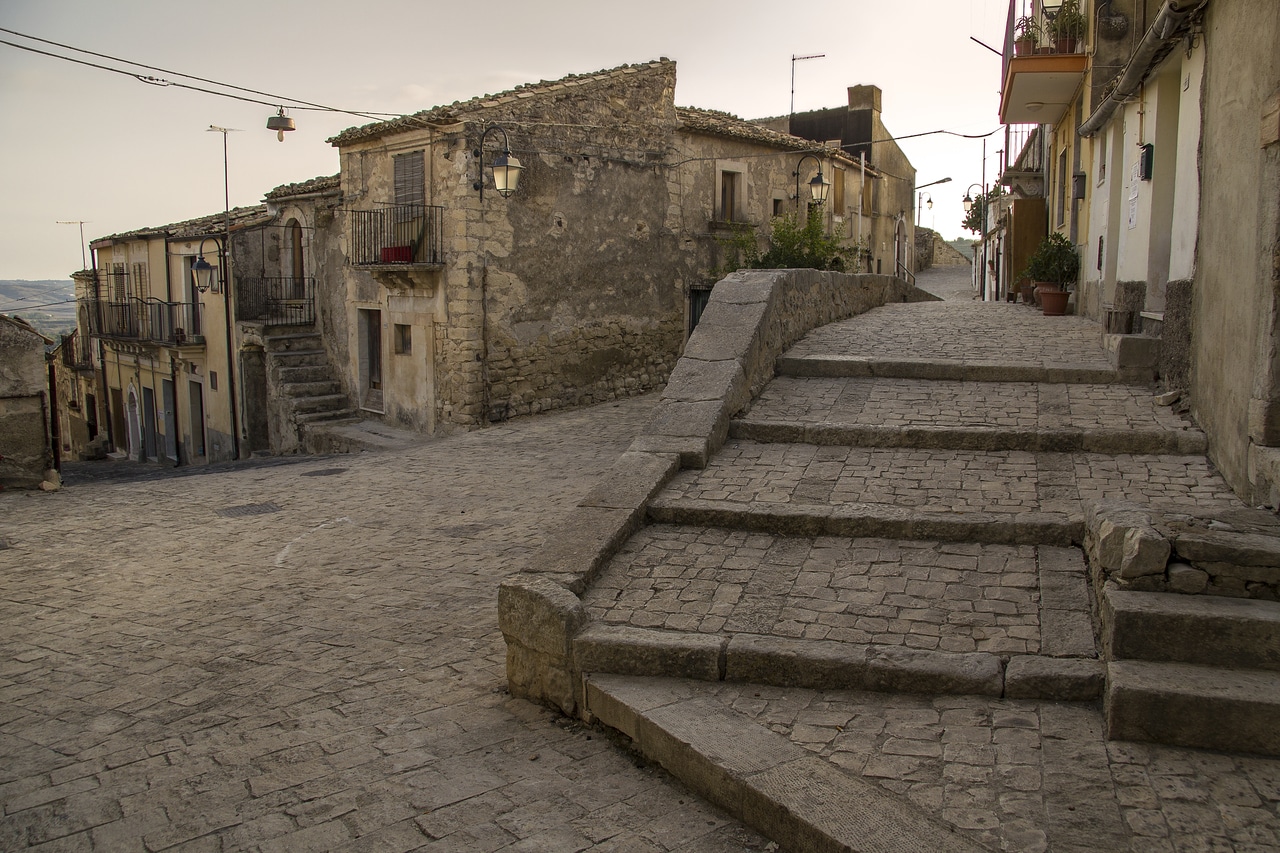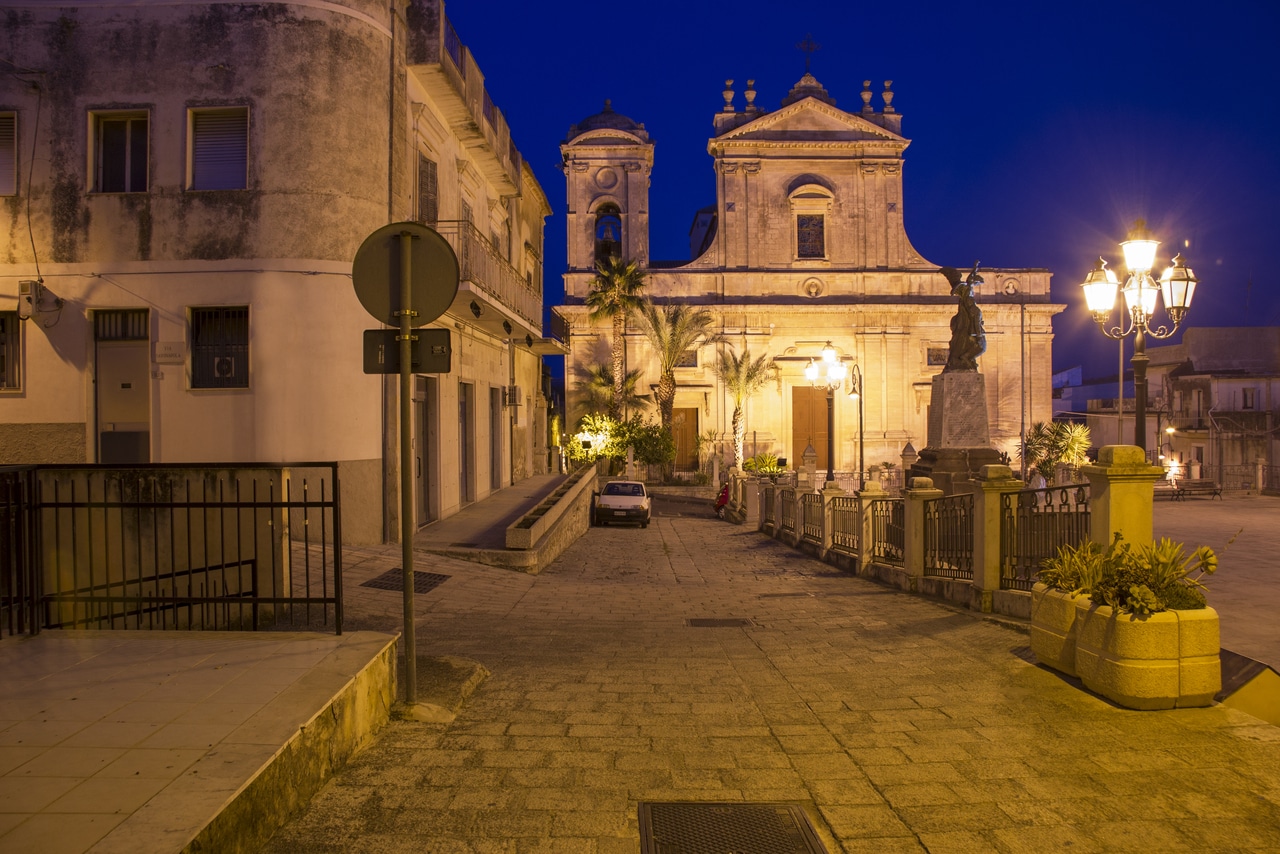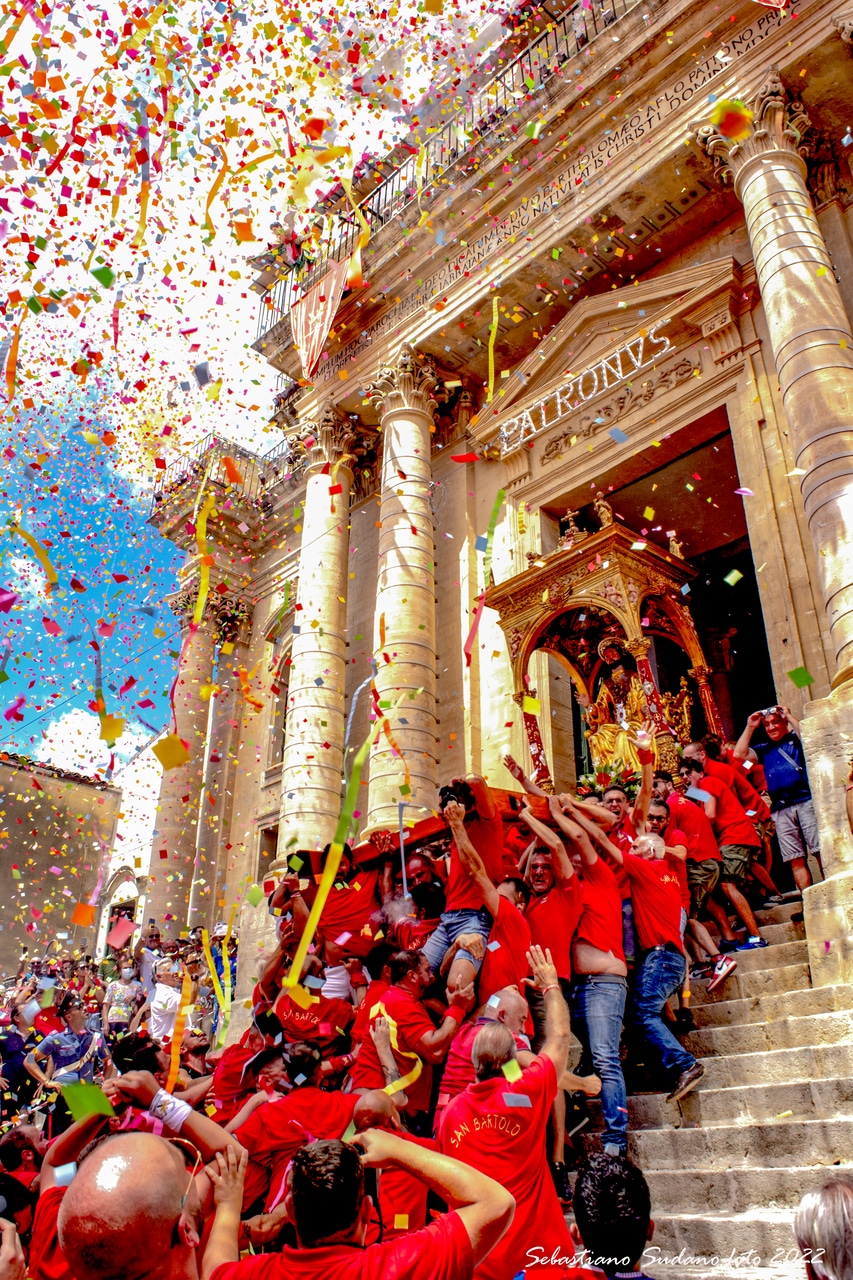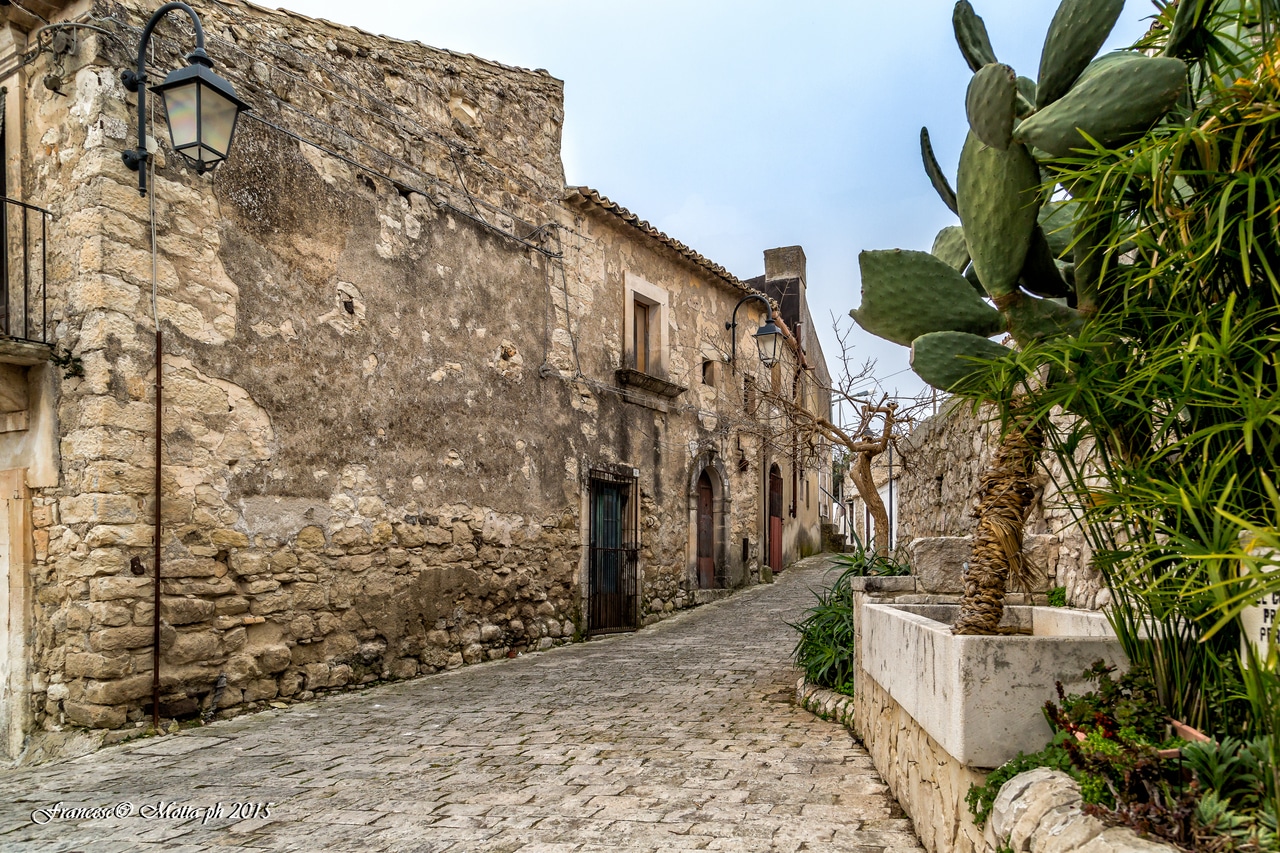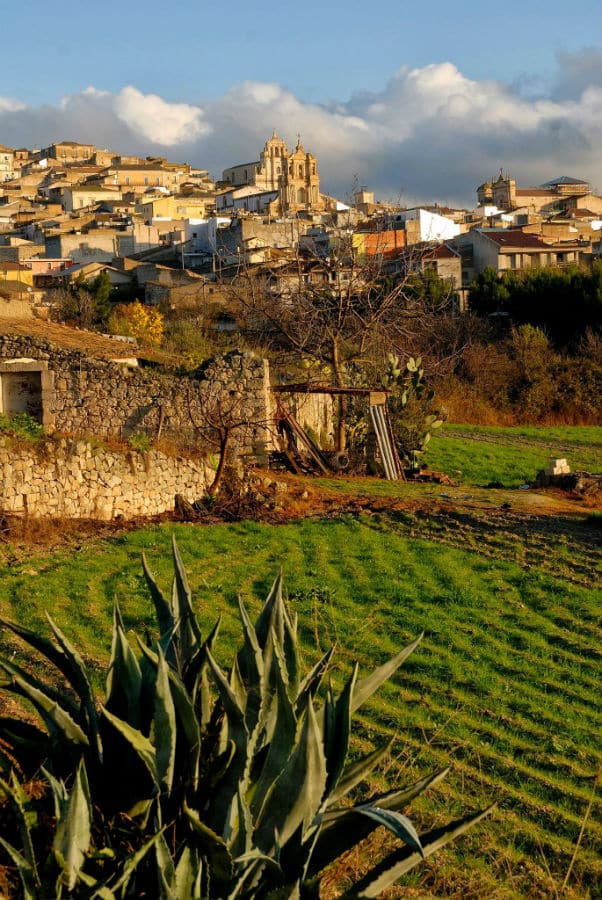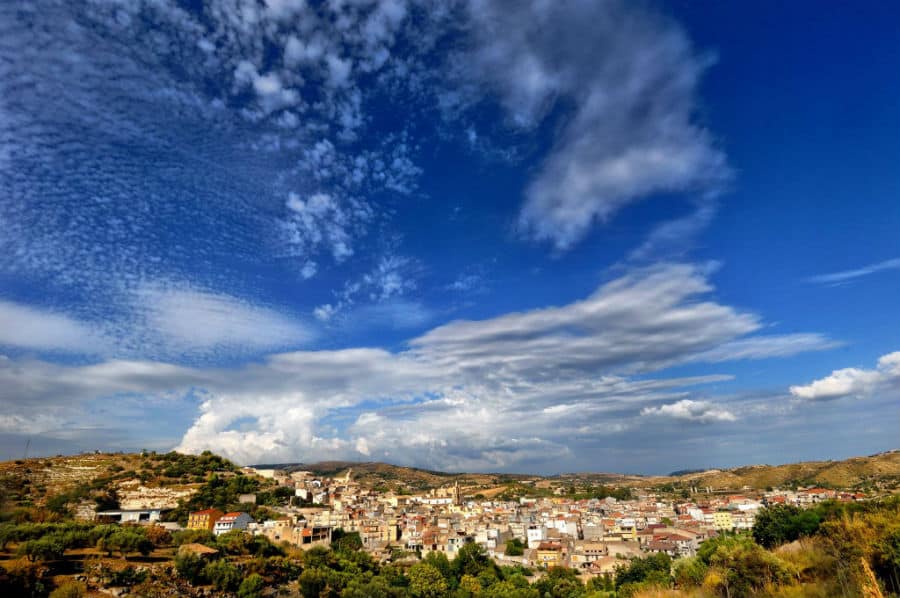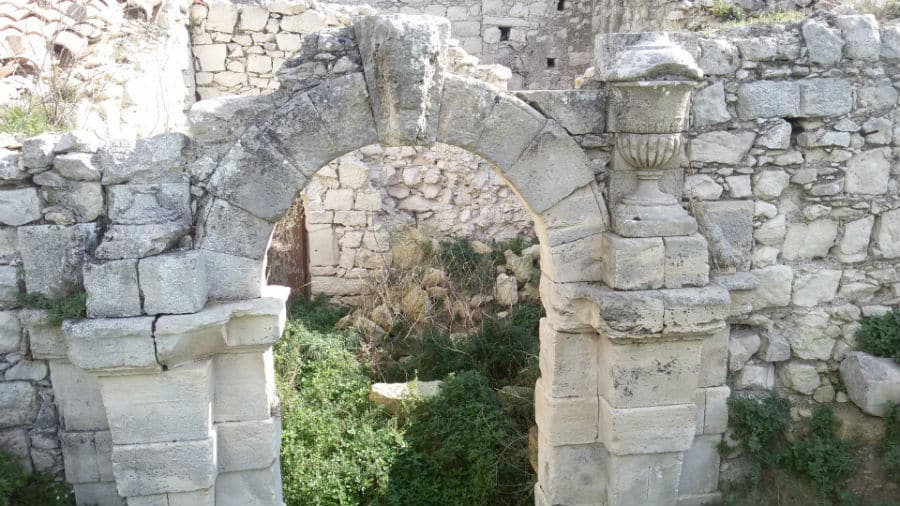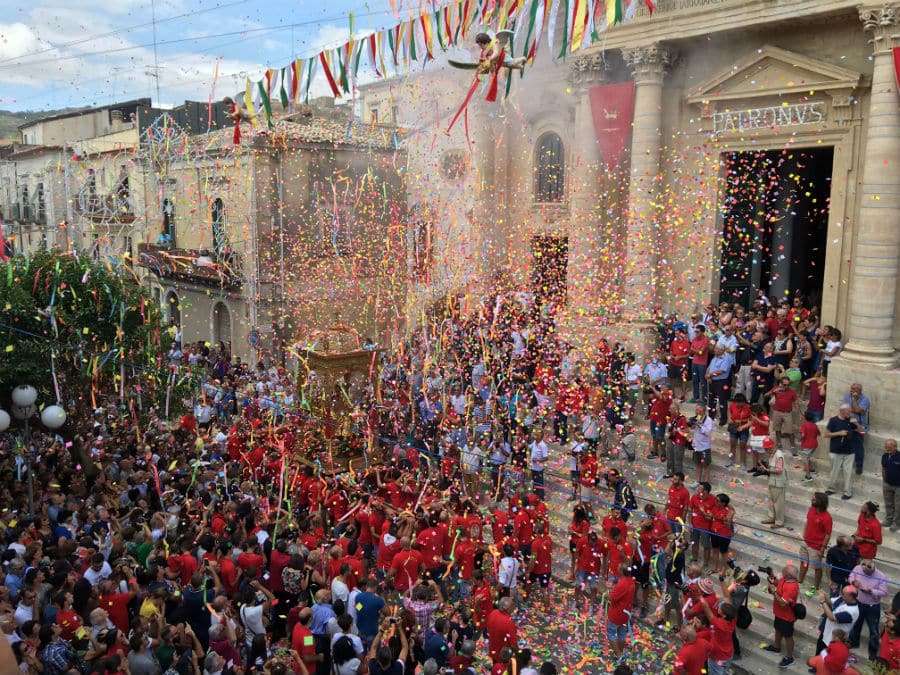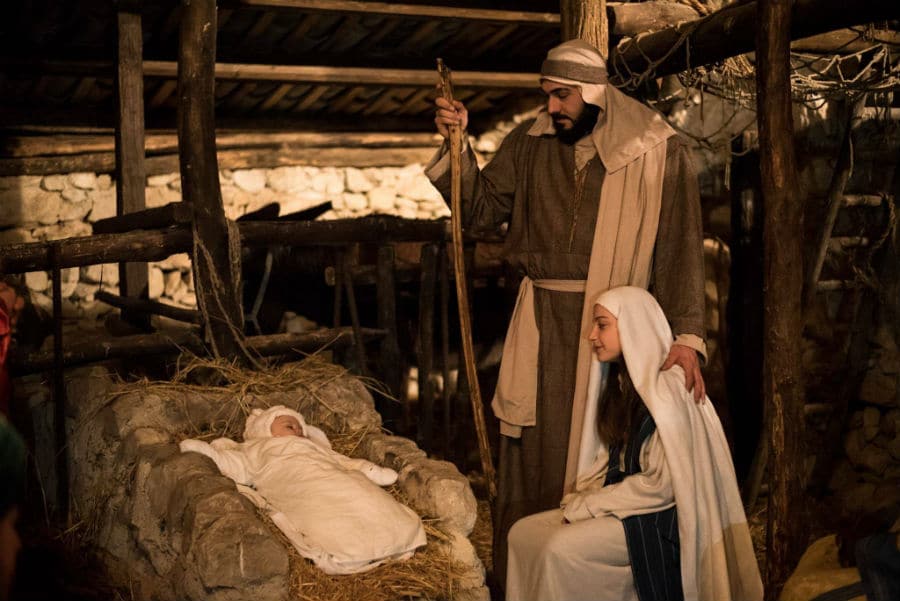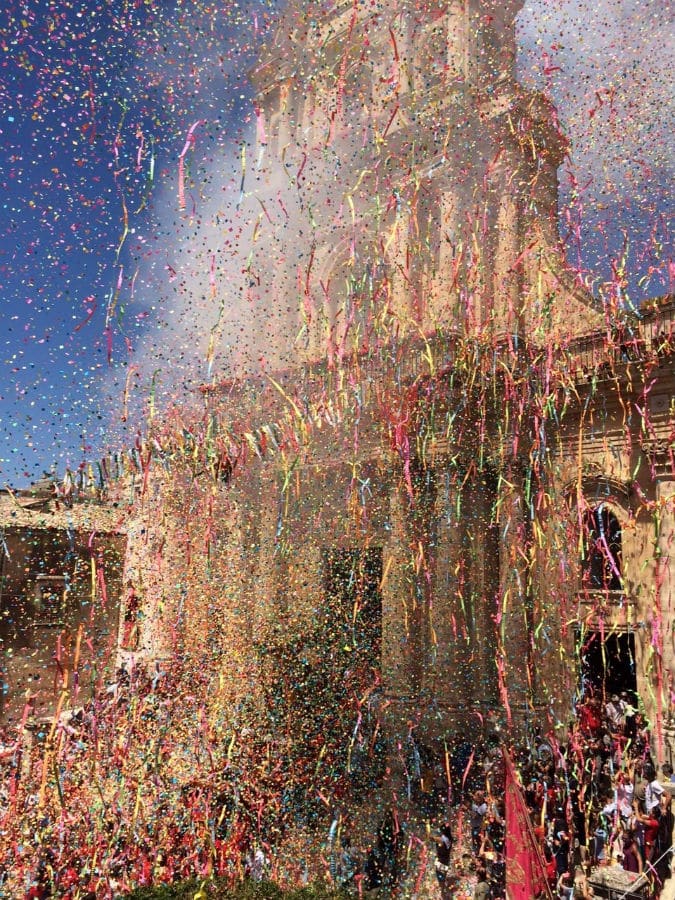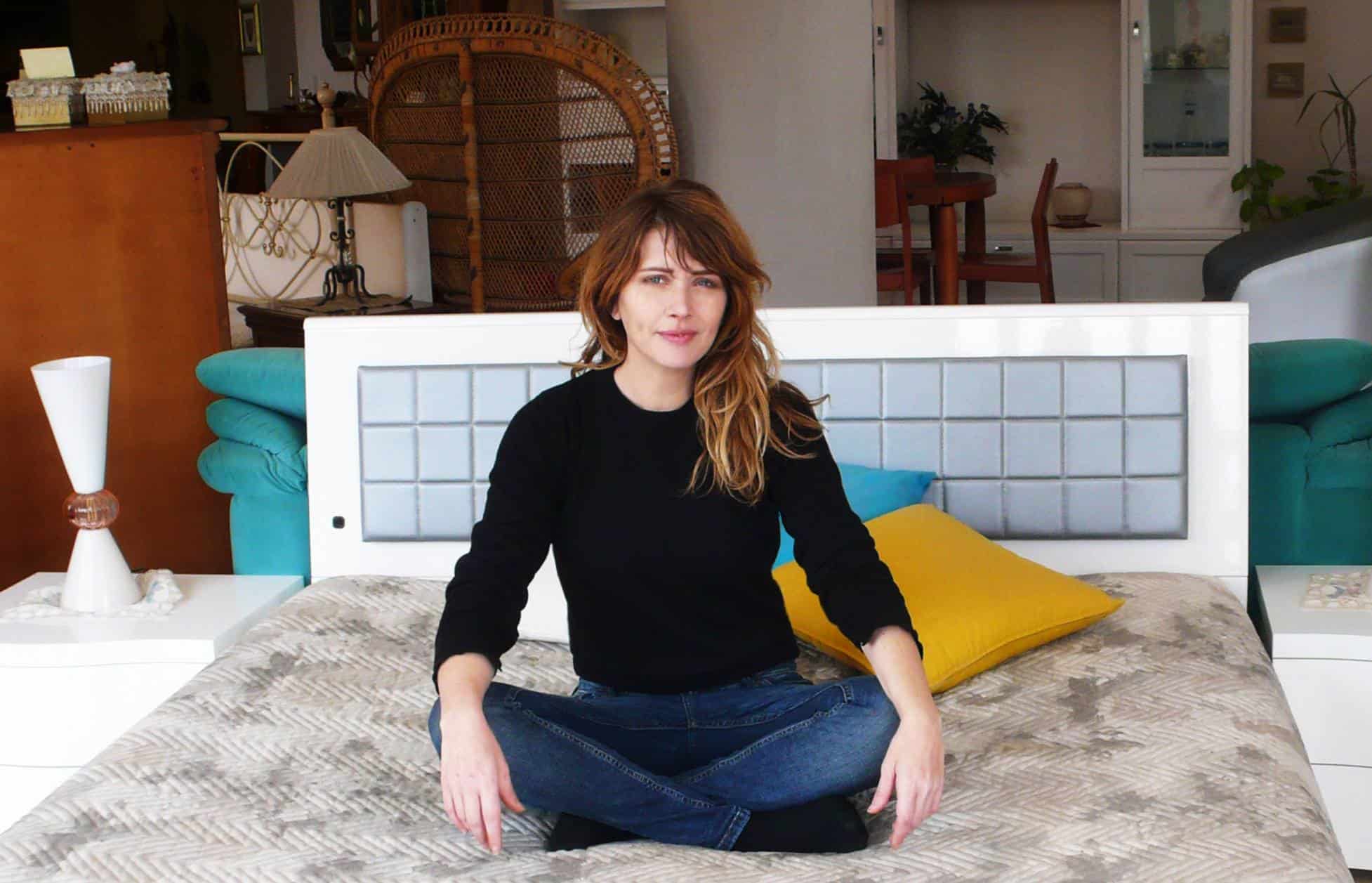The village of Giarratana is one of the smaller towns of the province of Ragusa. Called "Pearl of the Iblei" extends on a slope in an orderly and harmonious, almost nestled between mountains and plans. Its territory is mainly mountainous, consisting of vulcaniti and sedimentary rocks, extends from the slopes of Mount Lauro (an ancient volcano active more than 1.8 million years ago) up to the vicinity of the dam of Santa Rosalia. The territory occupies the high valley of the Irmino that, with its tributaries, torrential, has favored the formation of a suitable ecosystem for human settlement. The Irminio, has its sources on the slopes of Mount Lauro, about 700 meters s.l.m., and after you have created along its path the lake of Santa Rosalia, lake basin artificial, opens near Playa Grande.
Giarratana boasts very ancient origins. Some believe that its progenitor is to be sought in the ancient Casmene, greek city founded in 644 B.C. by Siracusa on Monte Casale. Together with Acrai and Camarina was one of the three strongholds for the defense of the coasts of eastern Sicily. The first historical news of Giarratana date back to the Swabian period in 1195, when King Henry IV of Swabia granted the land of Giarratana to Marquis Rinaldo Acquaviva. Subsequently in Giarratana were ollowed different families of barons, principles and Marchesi, the most important in order of temporal presence, a family originally from Pisa, the seventh. The name Giarratana derives from Cerretanum from latin cerrus, i.e. oak for the numerous oak woods are present in the territory more Montano, but in later centuries for phonetic assonance the name was transformed in Giarratana. Before arriving in the current site, Giarratana stood on a steep hill at 771 meters above the sea level, but the earthquake of 11 January 1693 razed the entire south east Sicily, including the ancient medieval village of Giarratana, today called Terravecchia
After this catastrophic event the village was built ex novo in a hill to the south not far called "Pojos li disi". The town is well cut, with straight paths and large that from the plane climb up to the highest part, "u cuozzu" where you will find the current historical center which is the historic heart for excellence, preserves the atavistic memory of the inhabitants and is presented as a valuable an incunabulum visitors through the museum under the open sky, living diary of the customs and traditions of the people giarratanese also thanks to the absolute fidelity in the reproduction of traditional environments, which can actually be "relived" by visitors, and thanks to the use of authentic tools, furnishings and the period costumes.
No less valuable are the churches that dominate the urban center of Giarratana: The church of S. Antonio Abate, typically baroque, with the precious stone floor asfaltica and original ceramics of the XVIII century, as well as precious stuccoes in pure gold; the church of S. Bartholomew, also of baroque style, bright marble, rich floral motifs in stucco and valuable frescoes; and finally the Mother Church dedicated to Maria SS. Annunziata and S. Joseph, with neoclassical facade, basilican plan of a latin cross with an interior simple and austere and the little church of the Madonna delle Grazie small architecture neo classical situated at the entrance of the village the east side.
Important and to visit all, are the archaeological sites. Kasmenai, near the Mount Lauro, is a fortified Greek citadel; Terravecchia, the ancient medieval village of Giarratana razed to the ground by the earthquake of 1693; the Villa Rustica of Contrada Margi dating back to the III sec. d.C.; the Roman Villa of the imperial age dating back to the III century a.C., a monumental architectural complex with prestigious mosaics. The Hypogeum of Calaforno, a subterranean structure between the most important prehistoric Sicily of historical and anthropological, and other hypogea, like Matricedda and Monterotondo.


